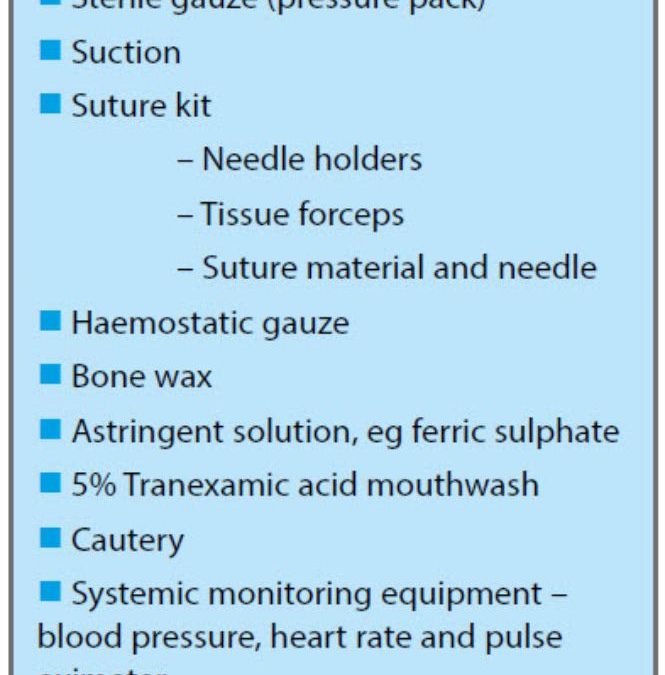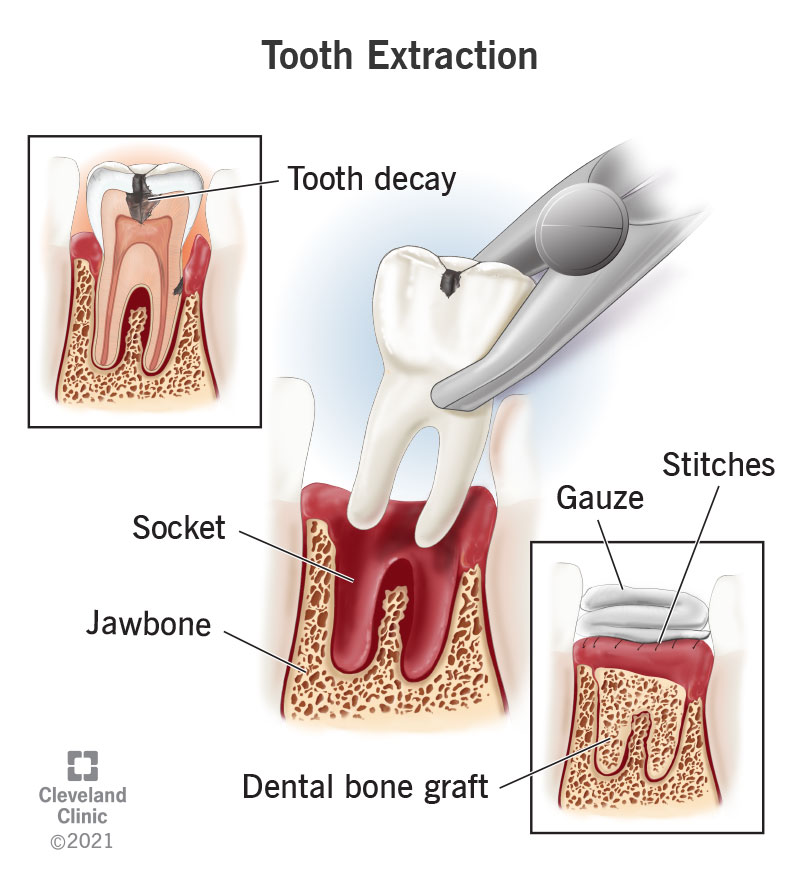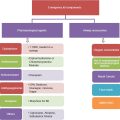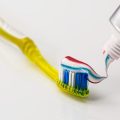So, you just had a tooth extracted and now you’re wondering what steps you should take to manage the bleeding. Well, you’re in the right place. In this article, we’ll discuss the protocol for managing bleeding after a tooth extraction. Whether you had a simple extraction or a more complex surgical extraction, understanding how to properly control and care for the bleeding is crucial for a smooth recovery. So, let’s get started and find out what you need to do to ensure a successful healing process.
Immediate post-operative care
After a tooth extraction, it is crucial to take proper care of the extraction site to promote healing and minimize any potential complications. The immediate post-operative care involves the following steps:
Applying pressure
One of the first things you should do after a tooth extraction is to apply pressure to the extraction site. This can be done by biting down on a piece of gauze or a damp tea bag. The pressure helps to control bleeding and encourages the formation of a blood clot, which is essential for the healing process.
Using gauze or tea bag
You can use either sterile gauze or a damp tea bag to apply pressure to the extraction site. Simply fold the gauze or tea bag and place it over the socket, then bite down gently but firmly for about 30 minutes. If the bleeding persists, you can replace the gauze or tea bag and continue the pressure application for another 30 minutes.
Avoiding rinsing or spitting
In order to prevent dislodging the blood clot from the extraction site and triggering further bleeding, it is important to avoid rinsing or spitting for at least 24 hours after the tooth extraction. This also includes avoiding using mouthwash or any other liquid that may disrupt the healing process. Instead, you can gently wipe away any saliva or blood that may accumulate using a soft cloth or tissue.
Avoiding strenuous activity
Engaging in strenuous activity immediately after a tooth extraction can increase blood flow and result in prolonged bleeding or complications. It is recommended to avoid any vigorous exercise or heavy lifting for at least 24-48 hours after the procedure. Taking time to rest and allow your body to heal will contribute to a smoother recovery process.
Managing pain and swelling
While some discomfort and swelling after a tooth extraction is normal, there are several methods to help manage these symptoms effectively.
Taking pain medication
Your dentist may prescribe pain medication to help alleviate any post-operative pain. It is important to follow the recommended dosage instructions provided by your dentist or pharmacist. If over-the-counter pain relievers are recommended, be sure to choose non-steroidal anti-inflammatory drugs (NSAIDs) such as ibuprofen, as they can help reduce pain and inflammation.
Applying cold compress
To reduce swelling and numb the area, you can apply a cold compress to your cheek or jaw. Wrap a bag of ice or a cold pack in a clean cloth and hold it gently against the affected area for 15-20 minutes at a time. Remember to take breaks between applications to prevent frostbite and allow your skin to recover.
Elevating the head
Keeping your head elevated with an extra pillow or by propping it up with cushions can help minimize swelling. By sleeping with your head raised at a 45-degree angle, you can prevent excessive fluid accumulation and reduce discomfort.
Avoiding hot food and drinks
Hot food and beverages can increase blood flow to the extraction site, leading to additional swelling and pain. It’s best to stick to cool or lukewarm foods and drinks during the immediate post-operative period. Avoid using a straw as the suction generated can dislodge the blood clot and interfere with the healing process.
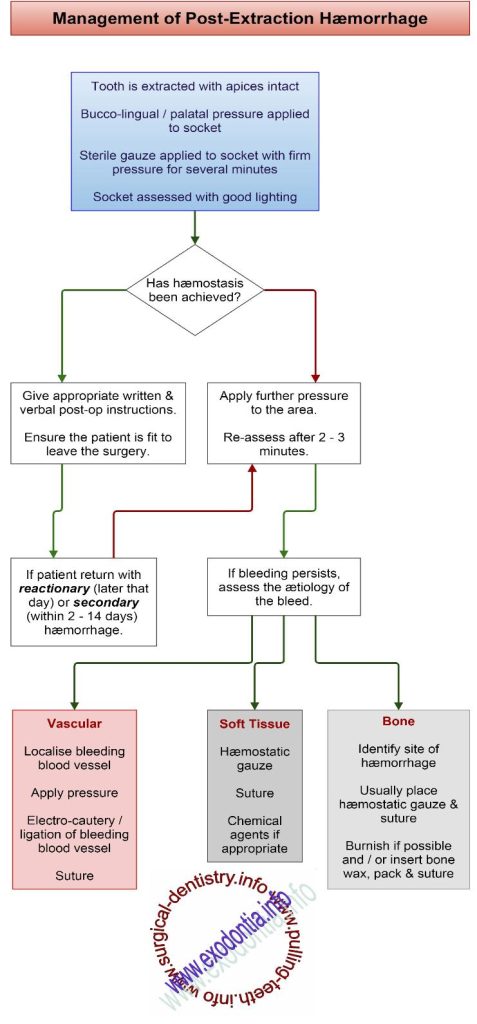
Diet and nutrition
Proper nutrition is essential during the recovery period after a tooth extraction. Following a few dietary guidelines can help ensure optimal healing and minimize complications.
Eating soft foods
For the first few days after a tooth extraction, it is recommended to consume only soft foods that require minimal chewing. Examples include mashed potatoes, yogurt, smoothies, soup, scrambled eggs, and pureed fruits or vegetables. Avoid hard and crunchy foods that can irritate the healing socket.
Avoiding hard or sticky foods
To prevent dislodging the blood clot or causing damage to the extraction site, it is important to avoid hard or sticky foods. These can include nuts, chips, popcorn, candies, and foods that require excessive chewing. Opt for foods that are easy to eat and won’t cause any discomfort or irritation.
Staying hydrated
Maintaining proper hydration is crucial for overall health and can aid in the healing process. Drink plenty of water and non-acidic fluids to prevent dehydration and support optimal healing. Avoid alcoholic beverages and caffeinated drinks as they can dehydrate the body and potentially interfere with the clotting process.
Avoiding alcohol and tobacco
In addition to general oral health concerns, smoking and consuming alcohol can hinder the healing process and increase the risk of complications after a tooth extraction. It is advisable to refrain from smoking and limit alcohol consumption until the extraction site has fully healed.
Oral hygiene
Maintaining good oral hygiene is important after a tooth extraction to prevent infection and promote healing. However, certain precautions should be taken to ensure proper care of the extraction site.
Avoiding brushing the extraction site
After a tooth extraction, it is important to avoid brushing the extraction site for at least 24 hours. Brush the rest of your teeth gently, being cautious around the affected area. However, be sure to avoid any direct contact with the extraction site to prevent irritation and disturbance of the blood clot.
Rinsing gently with saltwater
To keep the area clean, you can rinse your mouth gently with saltwater. Mix half a teaspoon of salt with 8 ounces of warm water and swish it around in your mouth for about 30 seconds. After rinsing, spit the solution out gently without spitting forcefully.
Using a prescribed mouthwash
Your dentist may prescribe a specific mouthwash to help eliminate bacteria and promote healing. Follow their instructions carefully on how to use the mouthwash and when to begin incorporating it into your oral hygiene routine.
Avoiding tobacco products
Using tobacco products, whether smoking or chewing, can impede the healing process and increase the risk of complications after a tooth extraction. It is crucial to avoid any form of tobacco during the recovery period to ensure optimal healing.
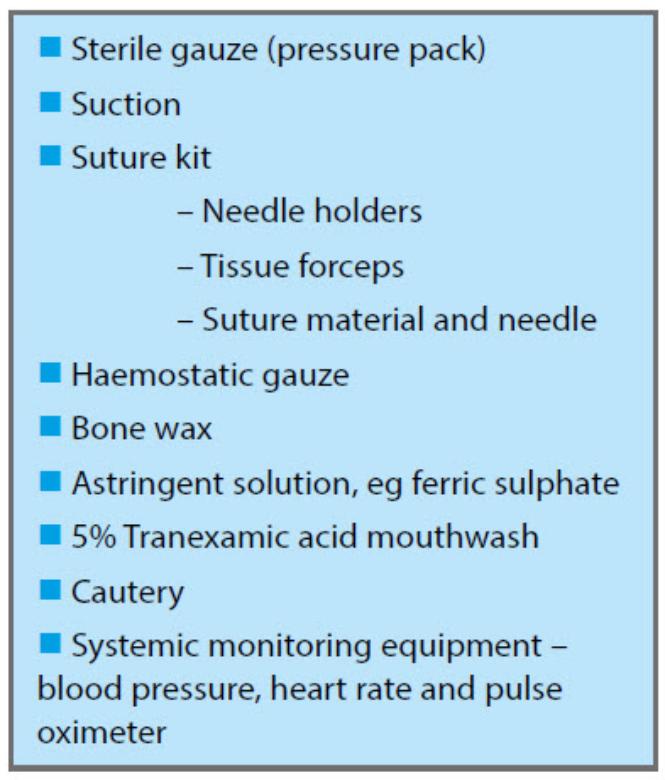
Signs of excessive bleeding
While some bleeding is normal after a tooth extraction, it is important to be aware of signs that may indicate excessive bleeding, which could require immediate medical attention.
Persistent bleeding
If bleeding continues for more than 24 hours after the tooth extraction or worsens over time, it may be a sign of excessive bleeding. This could indicate issues with blood clotting or an underlying medical condition that requires immediate attention.
Large blood clot
If you notice a large, dark red blood clot forming in the extraction site, it is generally a positive sign of normal healing. However, if the blood clot becomes dislodged or falls out prematurely, it can lead to complications such as dry socket.
Blood in saliva or nose
Experiencing blood in your saliva or noticing bleeding from your nose that is unrelated to a separate issue can indicate excessive bleeding. Contact your dentist or oral surgeon if you observe these signs.
Feeling lightheaded or dizzy
Excessive bleeding can cause a drop in blood pressure, leading to feelings of lightheadedness or dizziness. If you experience these symptoms, it is important to seek immediate medical attention to ensure your safety and well-being.
When to seek immediate medical attention
In some cases, specific symptoms or complications may require immediate medical attention. It is important to be aware of these signs to ensure prompt and appropriate treatment.
Uncontrolled bleeding
If the bleeding cannot be controlled by applying pressure or persists beyond normal expectations, it is crucial to seek immediate medical attention. This may indicate a serious underlying issue or the need for intervention from a dental professional.
Severe pain
While some discomfort and mild pain are normal after a tooth extraction, severe or worsening pain may indicate a complication or infection. If over-the-counter pain medication does not provide relief, contact your dentist for further evaluation.
Excessive swelling or fever
Significant swelling that affects your ability to open your mouth or that worsens over time, combined with fever, may indicate an infection. Contact your dentist promptly if you experience these symptoms.
Difficulty breathing
In rare cases, swelling and complications from a tooth extraction can cause difficulty breathing or swallowing. This is a medical emergency, and you should seek immediate medical attention by calling emergency services or going to the nearest emergency room.
Medical interventions
In certain situations, medical interventions may be necessary to address complications or manage persistent bleeding after a tooth extraction. These interventions may include:
Suturing the wound
If bleeding cannot be controlled or if the extraction site requires additional support, your dentist or oral surgeon may suture the wound. This involves placing small stitches to help promote healing and prevent further bleeding.
Applying a hemostatic agent
A hemostatic agent, such as oxidized regenerated cellulose or a gelatin sponge, may be used to stop persistent bleeding. These substances are applied directly to the extraction site and help promote clotting to reduce the risk of excessive bleeding.
Prescribing medication to promote clotting
In certain cases, your dentist or oral surgeon may prescribe medications that promote clotting or address underlying medical conditions that contribute to excessive bleeding. It is important to follow the prescribed dosage and instructions carefully.
Referring to a specialist
If complications persist or become severe, your dentist may refer you to an oral surgeon or specialist for further evaluation and intervention. Specialists have the expertise and specialized tools necessary to address complex cases and provide the most appropriate treatments.
Complications and potential risks
Although tooth extractions are generally safe and routine procedures, there are potential complications and risks associated with the process. Some of these include:
Dry socket
Dry socket, or alveolar osteitis, occurs when the blood clot is dislodged or fails to form properly in the extraction site. It can result in severe pain and delay the healing process. To prevent this complication, it is important to follow the post-operative care instructions provided by your dentist.
Infection
Infection can occur at the extraction site, leading to pain, swelling, and potentially more serious complications. It is crucial to maintain good oral hygiene, follow the recommended post-operative care measures, and contact your dentist if you suspect an infection.
Nerve damage
In rare cases, the extraction process can cause nerve damage, which may result in numbness, tingling, or altered sensation in the surrounding area. While this complication is rare, it’s important to notify your dentist if you experience any prolonged or concerning symptoms.
Bone exposure
Sometimes, the extraction process can result in the exposure of the underlying bone at the extraction site. This can cause discomfort, delayed healing, and potential complications. If you notice bone exposure, contact your dentist for further evaluation and treatment.

Follow-up care
Proper follow-up care is essential to ensure the success of the tooth extraction and promote optimal healing. This involves the following:
Keeping follow-up appointments
Attend all scheduled follow-up appointments with your dentist or oral surgeon. These appointments allow the dental professional to monitor your healing progress, address any concerns, and provide further instructions as needed.
Evaluating healing progress
During follow-up visits, your dentist will assess the healing progress of the extraction site. They will check for any signs of infection or complications, ensure proper bone regeneration, and discuss any lingering symptoms or concerns you may have.
Discussing concerns or complications
If you experience any complications or have concerns during the healing process, it is important to discuss them with your dentist. They can provide guidance, reassurance, and appropriate interventions to address any issues that may arise.
Receiving further instructions
Throughout the follow-up care process, your dentist will provide you with specific instructions tailored to your needs. These instructions may include modifications to your oral hygiene routine, dietary changes, or recommendations for ongoing care to ensure long-term oral health.
In conclusion, immediate post-operative care, managing pain and swelling, maintaining a proper diet, and prioritizing oral hygiene are crucial steps to successfully recover from a tooth extraction. Recognizing the signs of excessive bleeding and understanding when to seek immediate medical attention can help prevent complications. By following the recommendations and instructions provided by your dentist, you can promote optimal healing and achieve a smooth recovery. Remember to attend follow-up appointments, actively communicate any concerns, and adhere to the provided instructions for the best possible outcome.

